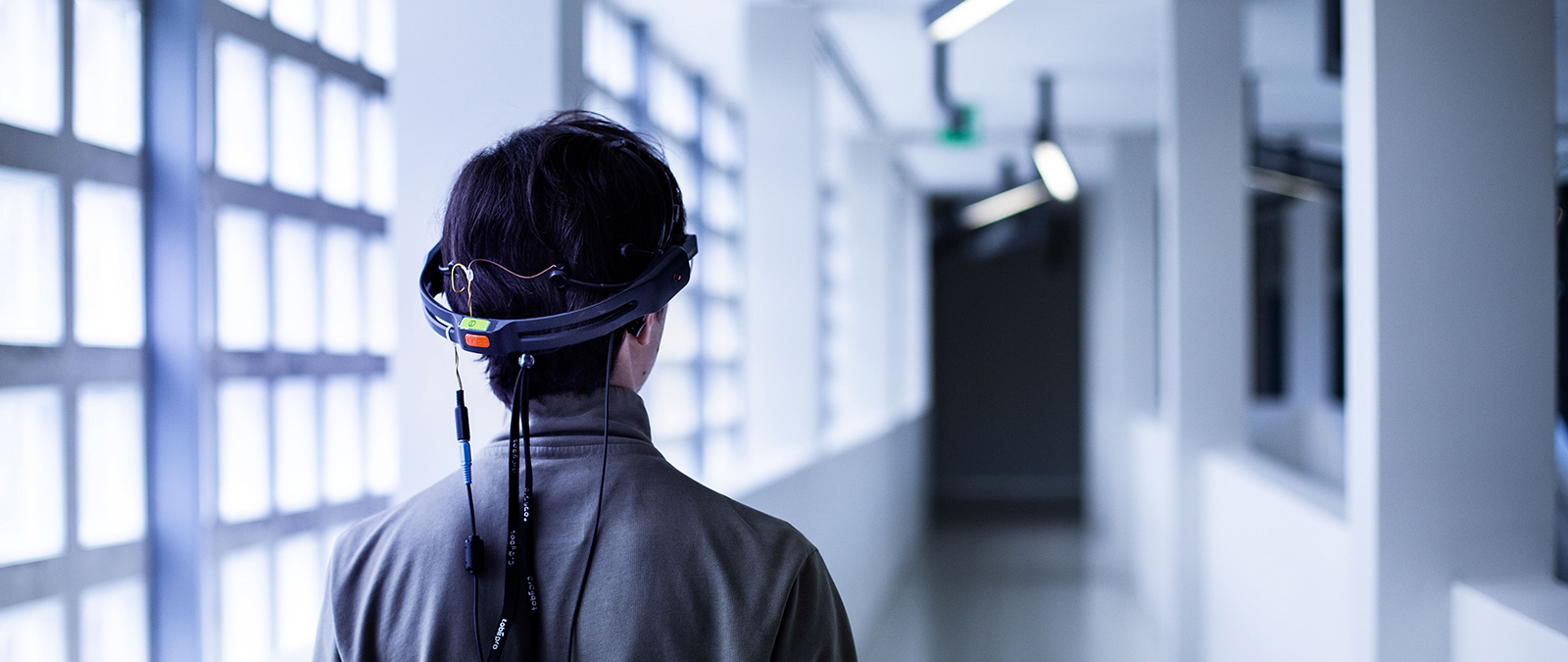
Selfies: a monument for all


Selfies help people to "eternalize" themselves, that is, to feel less ephemeral in a world in rapid change. In the nineteenth century, the bourgeoisie, which came to power, needed to legitimize itself and therefore made a massive use of the monument, but only for some people deserving of not disappearing from collective consideration. Along with the monument, they also used photography. This, presented as a sort of "monument for all", was in fact widespread, first as a medium reserved for the upper middle class and then as a mass medium.
In the past, the portrait was reserved for the few well-off who could afford it. Photography has greatly spread the possibility of making one's own portrait. And today's selfie does nothing but further develop the ability of photography to present itself as a "monument for all", that is to say, to attribute a duration and a social diffusion to events of a personal nature.
Selfish people are often accused of being narcissistic. But it is not selfies, photography or, more generally, the media that create narcissism. This is the result of a process of change that is fragmenting the social fabric and making individuals increasingly important. Communication tools, starting with selfies, only make it more practicable.